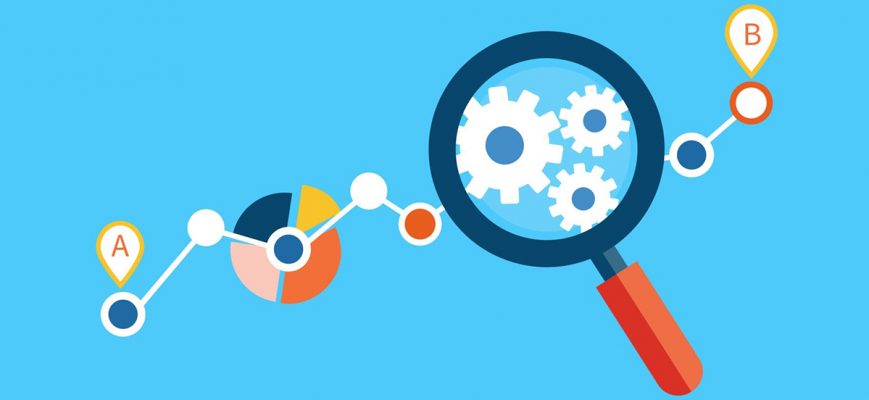What is a Professional Translation Process?
In business, processes are everything. Our customers often ask us what our translation process is, and how this adds value to them. The traditional approach to translation is often time-consuming and expensive; and the fact that so many different people are involved, means that errors can, and do, creep in at any stage of the process.
QuickSilver Translate and Our Processes
By contrast, at QuickSilver Translate we use a technique, which integrates all of the stages of translation into one streamlined process, saving you time, money and hassle.
- Considerably reduced time-to-market
- Last minute changes are never a problem
- Adding languages is more cost-efficient
- Semi-automated process avoids errors
- Full benefits from linguistic preferences
- Easily make layout changes to all languages
The benefits of our approach can be divided into three categories:
Speed
Production and management time are reduced thanks to the efficiency of the process. Therefore, time-to-market is shortened considerably; and last minute changes are not a problem.
Cost
The centralisation of services, which is key to the QuickSilver methodology, reduces internal and external costs. It makes adding languages much more cost efficient; and it reduces the resources spent on managing suppliers.
Quality
Our methodology avoids errors; our stringent translator selection process increases your confidence; we respond to your linguistic preferences, ensuring that the final translation is exactly as you want; and our software guarantees consistency across all your translations.

Initial Translation Process
To make the initial translation, first we import the document to be translated into our Computer Assisted Translation (CAT) software. The translation memory (TM) will then assess the text and inform the translator if any of the text has been translated before. If so, it will suggest the previous translation, along with a percentage read-out of the probability that the same translation will be appropriate in this case. If the probability is 100%, this suggests that the previous translation will indeed be appropriate. The translator will check any ‘match’ of less than 100%, and either reject or adapt to suit the text in hand.
Having checked the document against the TM (FAQs here), the translator will then work on the rest of the text, producing a first draft, or initial translation.
Once the translation has been reviewed twice, we re-enter the text into the TM. This increases the size of the TM and ensures that we can complete future translations quicker and more efficiently.
By combining CAT software with traditional translation techniques, QuickSilver is able to speed up the translation process and guarantee a very high degree of accuracy.
Review
No matter how good a translation is, the review stages are essential for ensuring excellent results. QuickSilver Translate doesn’t cut corners here:
- All of our translators are based in the country where the target language is spoken. All languages are in a state of constant flux, and translators who live in the target market always deliver much better results.
- Our editors are well educated, professional linguists, aware of regional variants, cultural nuances and standard industry terminology.
- We have a series of checks and balances in place to validate translators’ work.
- QuickSilver has tight quality standards in place to isolate and avoid inadequate translators. Our ISO9001 certification is a guarantee of quality assurance and compliance with internal processes.

